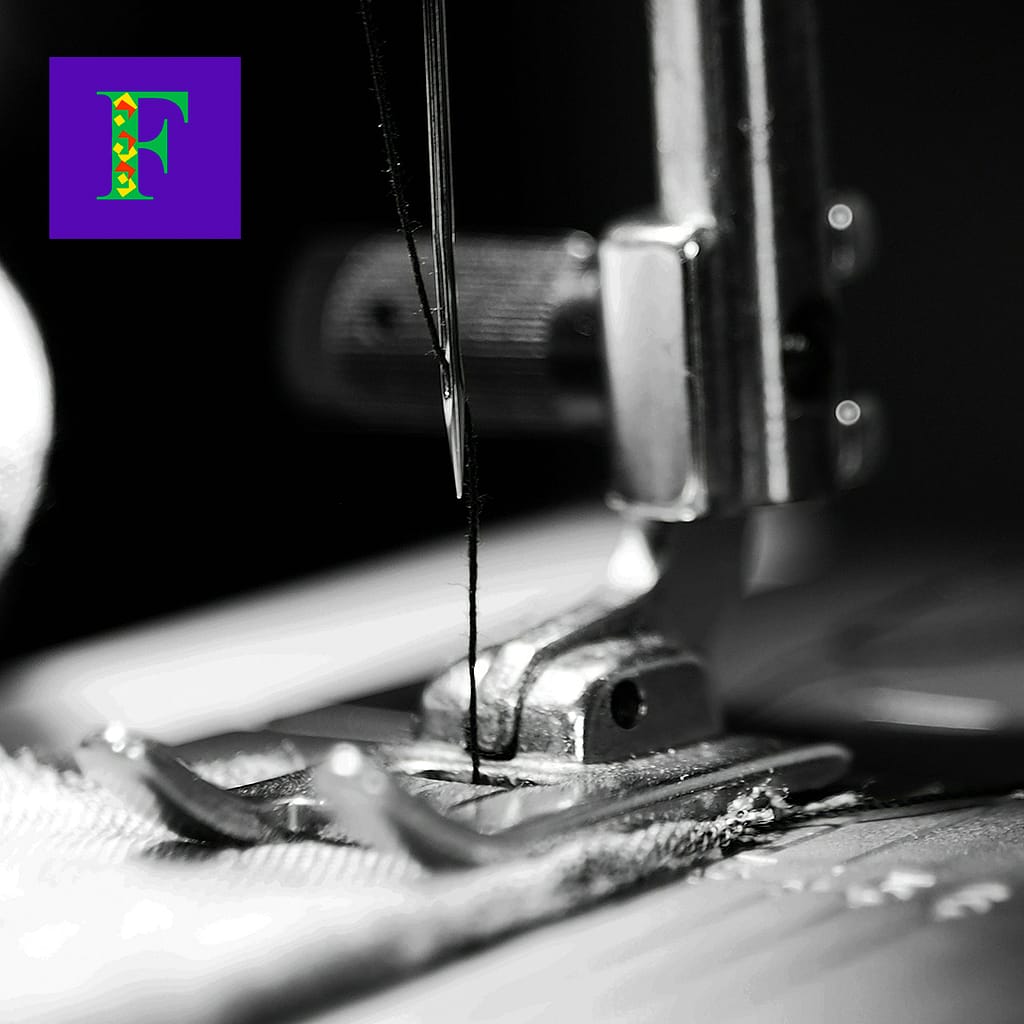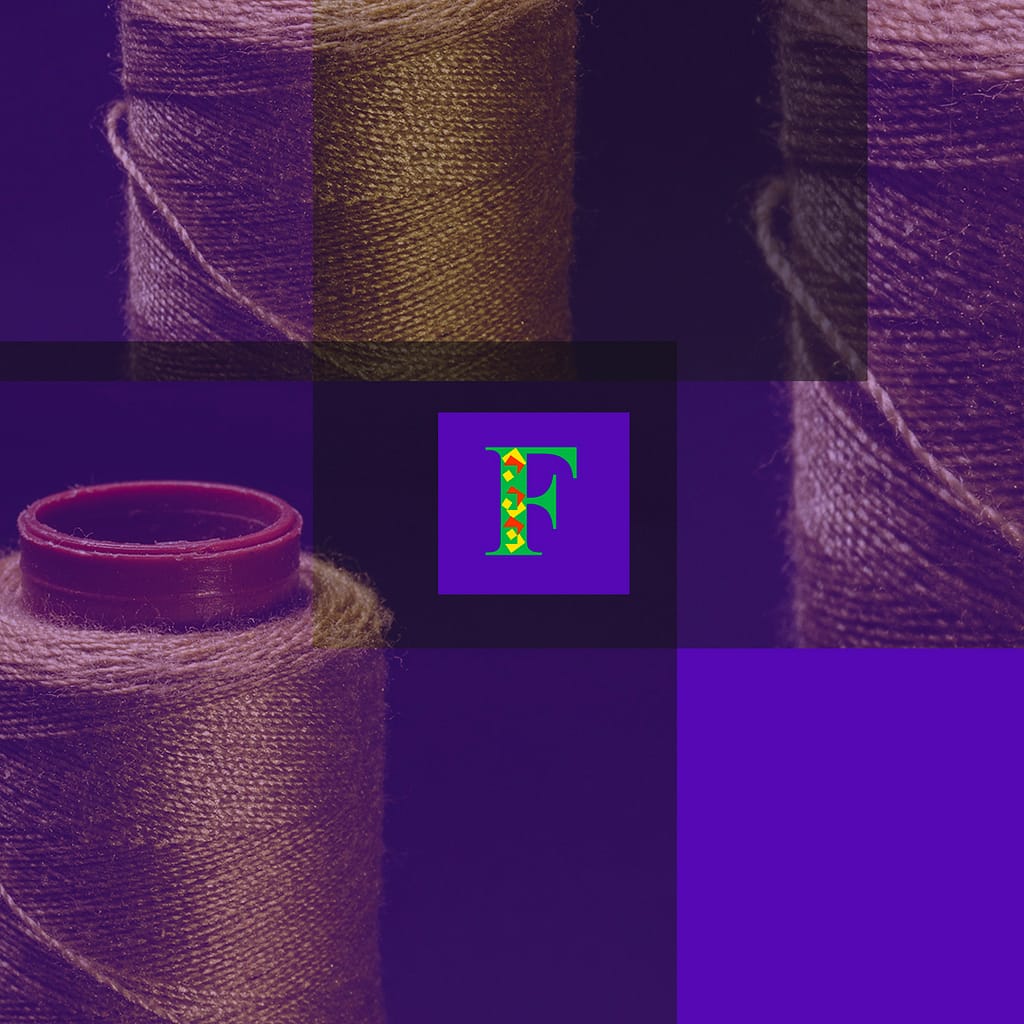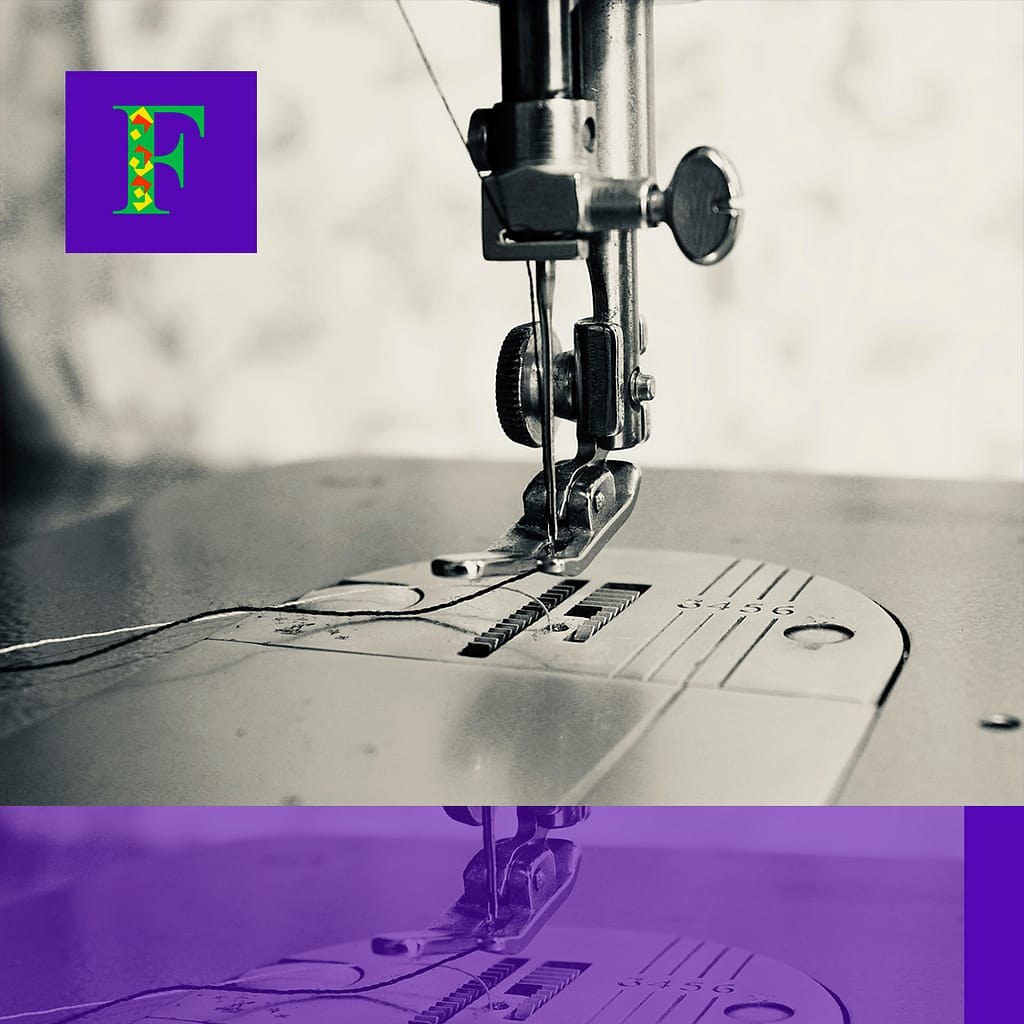professional modelling
Our professional modelling is not just about following trends, but about carefully developing functional and stylish solutions. We strive to ensure that every detail of

Nowadays, in the world of fashion and textile industry one of the most popular solutions is toll manufacturing. It is a convenient and efficient model of cooperation that allows brands and companies to produce clothes with minimal costs and maximum quality control.
What is toll manufacturing?
Tolling is a process in which the customer provides its own materials and the manufacturer performs all stages of sewing: from cutting to final finishing and packaging. This approach allows brands to use unique fabrics and accessories, while remaining confident in the quality of the finished product. If the customer chooses his own materials, then of course at the early stages it is necessary to test samples of fabric, behavior under different processing conditions. Sometimes, in this case there is an objection of the client – I like this fabric, orders a collection, but in fact the fabric “does not survive” even to the final production.
Advantages of production on toll raw materials
Disadvantages of production on toll raw materials
Our Services:
We offer a full cycle of tailoring services on toll raw materials:
Why do brands choose us?
Each collection is a unique and personalized experience for us. We maintain a transparent business relationship and we are always thinking how to improve our service, offer more variations for brands, because today’s end consumer is more and more demanding.
If you are looking for a reliable production partner for tailoring on commission, we are ready to offer you favorable conditions and impeccable quality. Contact us to discuss the details of cooperation.
Creating clothes is a complex and multifaceted process that requires a professional approach, careful planning and control at every stage. Materials sometimes behave very unpredictably, technologies change, and the market is also very flexible. We provide a full cycle of clothing production: from concept development to final packaging and preparation for shipment to the customer. We work even just with the idea of creating a clothing brand, including market research. Our people are multi-faceted and talented, we strive to create long-term partnerships because it benefits everyone!
How do we work?
Before we begin production, we conduct in-depth market analysis, researching trends, audience needs and the competitive landscape. Market research allows us to develop relevant collections that meet customer demand and expectations. We also pay attention to how brands position themselves, what materials they use and how they interact with the target audience.
We have various partner factories that specialize in different styles of clothing, different elements such as prints or on the contrary complex cuts.
Together with our clients we determine fabrics, accessories and technological features of future products. Our designers create sketches, develop patterns and prepare technical documentation so that the final product meets the requirements of the brand.
Before we start mass production, we create test samples, checking fit, seam quality and material stability. Only after customer approval are the samples transferred to mass production.
In factories under our supervision, we carry out the entire sewing process – from cutting to assembly and finishing. We follow all technological norms to ensure that the products are durable, comfortable and meet expectations.
Each stage of production is accompanied by strict quality control. We check seams, conformity to patterns, strength of materials and fittings to avoid any defects and ensure a high level of finished products.
After the sewing is completed, the products undergo final processing: cleaning, steaming, labeling and packaging in the client’s branded materials. Finished products are fully prepared for shipment to warehouses or stores.
Why choose us?
We create clothes that bring our customers profit and long-term relationships with consumers. Want to launch your own collection? Contact us and we will help you realize your idea!
Technology is rapidly changing the fashion industry, opening up new horizons for designers and brands. One of the most revolutionary trends is 3D modeling of virtual clothes – the process of creating digital outfits that exist only in a virtual environment. This method is already actively used in the development of collections, digital marketing.
What is 3D modeling of clothes?
Once upon a time, a huge amount of effort was spent fabrics and materials – now 3D modeling of clothes takes over these functions. The creation of such models is possible with great detail, modeling movements and changing the properties of the fabric. Designers use special programs such as CLO3D, Marvelous Designer and Blender to recreate the texture, movement and fit of the fabric digitally. Of course 3D modeling of garments saves a tremendous amount of money on sewing sample collections.
Opportunities and applications:
Allows you to create and test patterns without the need for physical sewing, which saves both money and time
3D garments are used in digital shows, advertising campaigns and on virtual mannequins.
Designers can showcase clothes on social networks and websites without the expense of photo shoots.
Virtual clothes are becoming part of digital avatars in meta universes, video games and NFT projects.
Brands are already selling virtual outfits for characters and digital identities.
Eliminates manufacturing waste as garments are created without the use of physical materials.
The future of 3D clothing
Digital fashion is becoming more and more popular every year and now orders are made not only for clothing brands but also for marketing and PR purposes. 3D clothing opens up new opportunities for designers and brands to express themselves, experiment creatively and interact with the audience. In the future, 3D clothing modeling may become a standard in the industry, uniting the real and virtual worlds of fashion.
Technology is creating a new format of style – without the limitations of the physical world, but with limitless potential for creativity and new ideas! If you combine the unreal with the already known, you get new!
Clothes pattern development: the most important stage of garment design Patterns are the foundation of any garment.
They determine the accuracy of fit, comfort and aesthetics of the garment. Properly designed patterns ensure the conformity of the product to the designer’s idea and guarantee the high quality of the final product. After all, it is important to be not only beautiful, but also comfortable to wear clothes. What are patterns, and why are they needed? Of course, there were times when patterns were made, and it was something extremely complicated, with a lot of drawings and dimensions. Now patterns are paper or digital templates of clothing parts, on which the cutting of fabric is much easier than before. And we hope that in the future, programs for creating patterns will become even easier and more accessible. Patterns include all structural elements: front and back panels, sleeves, collars, cuffs and other details of the product. Without accurate patterns, it is impossible to create mass production of garments.
The main stages of pattern development:

Why are fashion brands re-branding?
The most constant thing in our lives is change! Brands that want to stay relevant periodically update their image, visual style and marketing strategy. Re-establishing credibility or repositioning the business.
Reasons for rebranding today
Successful examples of rebranding
Many well-known fashion houses and mass-market brands have gone through rebranding. Burberry, for example, revamped its logo and communication strategy, making the brand more youthful and technological. Gucci under the leadership of Alessandro Michele radically changed its style, turning from a classic Italian brand into a synonym for eclectic and avant-garde fashion.
Rebranding is not just a change of logo, but a complex and systematic process that allows the brand to appear flexibly, attracting the attention of new customers. It is important that the changes were meaningful and consistent with the values of the company, and bring profit not only once but also in the long term!
Rebranding is not an easy decision, especially if you already have a client base and trust of customers. Yes, it is a certain risk, because everyone talks about successes, but not about mistakes.
Sometimes, it’s not about the brand at all, but about new technologies of competitors or a global pandemic. Staying flexible in different conditions and in different times is a special art!
Marketing Battles
How to spend the marketing budget on the right person? How to make sure that automatic algorithms do not “eat up” budgets and direct resources to where they need to go…Or…no mistakes…. The major giants Google and Meta are designed so that the marketing of fashion business is becoming more complex every day….
What does marketing a fashion business consist of?
Marketing in the fashion industry is a sysemic and multi-layered process involving market analysis, strategic planning, creating a unique brand and effectively communicating with the audience. The most important thing is to constantly analyze and be flexible with strategies! Competition in the fashion business is high, so successful marketing helps you not only stand out but also gain customer loyalty.
The main goal of marketing fashion business is to find your place in this puzzle of fashion industry and build a competent contact with the target audience. After all, even if your product is really the best – the main task is to bring it really to the one who will buy again and again…and advise….
The basic elements of marketing fashion business
Branding and positioning
Developing the brand concept, its unique style and values Defining the brand archetype, styles and price segment. There are buyers for every style and segment!
Creation of corporate identity: logo, color palette, fonts, visual identity.
Shaping the image and emotions that the brand evokes.
Market and target audience research
Analyzing customer needs and preferences.
Defining the competitive landscape and finding a unique market advantage.
Creating a portrait of the target audience for accurate targeting, buyer personas, researching what they are interested in, researching related businesses with which to create effective collaborations.
Product strategy
Defining assortment, pricing policy and competitive advantages.
Developing seasonal collections and analyzing fashion trends.
Packaging, presentation and ways to promote the product.
Digital marketing and social media
Promotion through Instagram, TikTok, Facebook, Pinterest and other platforms.
Content marketing: photo shoots, videos, articles, blog, email newsletters.
Collaborations with bloggers and influencers.
SEO optimization and targeted advertising.
Offline activities and PR
Organization of shows, pop-up stores, events and presentations.
Working with fashion magazines, media and opinion leaders.
Product placements in showrooms and boutiques.
Sales and customer service
Sales funnel optimization. Clear step-by-step
Development of loyalty systems and customer return programs.
Implementation of personalized service and unique customer experience or user-generated content.
So what to choose ?
Oh yes, today, marketing is diverse and trends are changing every hour! And whether to be conservative in choosing some channels or flexible in changing them is up to you.
Fashion marketing is a multifaceted systematic process that connects online and offline marketing. And it doesn’t matter whether it is the production of sportswear or luxury evening dresses – the main thing is to create an effective combination of advertising techniques that attracts and retains your customers!
Why do fashion brands need a stylist when producing clothes?
In the process of creating clothes, not only technical aspects are important, but also conceptual vision, compliance with fashion trends and the unique style of the brand. This is where a fashion stylist comes to the rescue – a specialist who helps to form a holistic image of the collection, to make the products in demand and competitive.
The role of a stylist in clothing production
Fashion trends analysis The stylist follows current trends, studies shows, predicts what elements will be in demand in the near future and adapts them to the brand.
Why is it important for brands to work with a stylist?
Increased commercial appeal – the stylist makes the collection more marketable.
A fashion stylist is the link between a creative idea and successful production of clothes. His involvement helps to create a fashionable product that attracts attention and meets market expectations.
Our professional modelling is not just about following trends, but about carefully developing functional and stylish solutions. We strive to ensure that every detail of
In our young and ambitious company, we take pride in transforming creative visions into reality through professional clothing design and modeling. Whether you’re a fashion
The world of fashion is constantly evolving, driven by changing consumer preferences, technological advancements, and cultural influences. At fashiondesign.busines, we stay ahead of the curve,
